commentary Commentary
Commentary: If we can share or hitch rides, why not food delivery?
Amid calls to lower commission fees, food delivery apps should rethink their business operations – including considering asking some consumers to pay more, says Jonathan Chang.
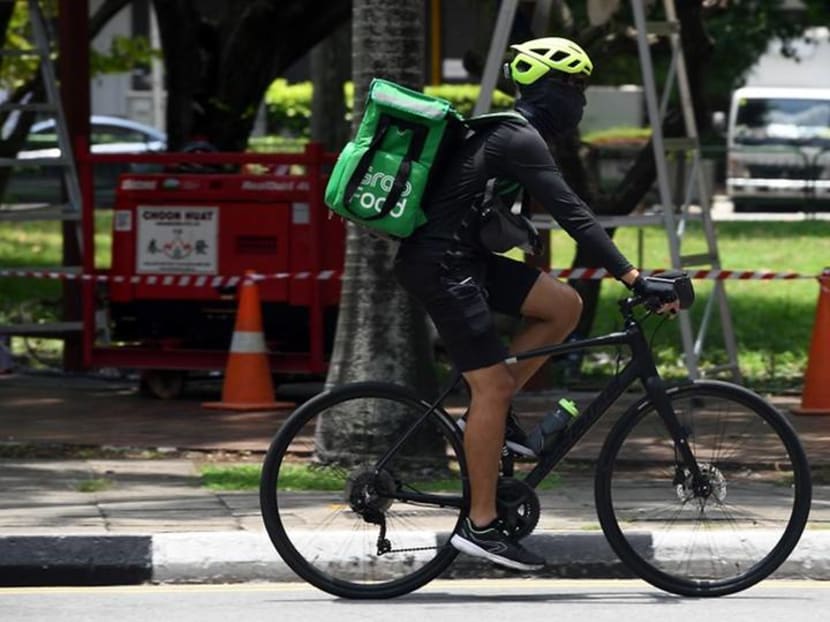
A Grab delivery rider wears a face mask as he cycles on a street in Singapore, Mar 31, 2020. (Photo: AFP/Roslan Rahman)
SINGAPORE: Once upon a time, delivery app companies in Singapore were intensely competing with one another, trying to change the way consumers buy food by dishing out discount coupons left and right.
Investors poured an exorbitant amount of capital, envisioning that a big war chest was needed to achieve scale.
This strategy eerily mirrored that of private-car hire sector.
In principle, scale would allow companies to spread out operating costs and make their products and services more affordable, which in turn, increases their market share.
Restaurants and big international food chains signed up with the major three online food delivery platforms Deliveroo, FoodPanda and GrabFood as a way to broaden their customer base.
ENTER COVID-19 AND CRITICISM OF DELIVERY APPS
With COVID-19 and the subsequent “circuit breakers” rolled out in Singapore, including outlawing dining-in, it was boon time for online food delivery companies.
READ: Commentary: How Wuhan mobilised to survive an over-70 day COVID-19 lockdown - and bounced back
READ: Commentary: Lockdown and isolation sound simple – but keeping people at home is no easy answer
Captive customers are ordering food in droves through their mobile apps. Eateries are signing up en masse. People queued for hours to become food deliverers.
Yet the law of economies of scale, in which a proportionate saving in costs is gained with an increased level of production, doesn’t seem to apply to the high merchant fees F&B outlets have been paying to delivery app companies.
The commission fee has remained roughly the same as before the pandemic: 25 per cent to 32 per cent of each other, according to the Restaurant Association of Singapore, which has over 450 members.
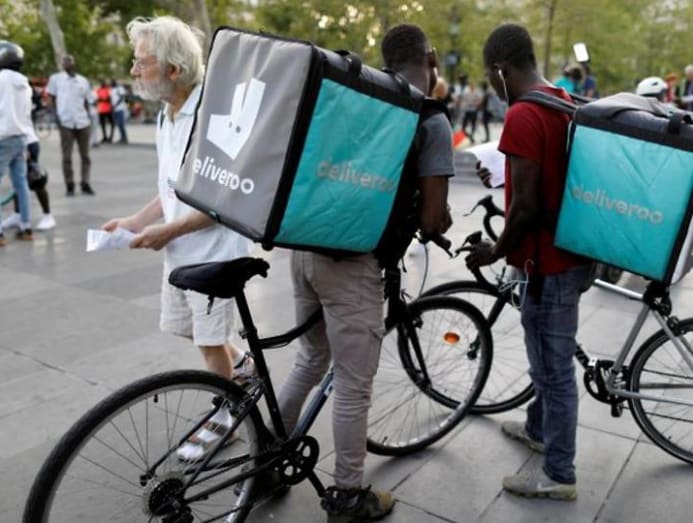
This might not be the sky-high rates the likes of UberEats in other countries charge, which slapped these fees on the consumer instead of the food outlet and can come up to 90 per cent of your meal, according to a New York Times report.
But the criticism leveled on the high merchant fees have been loud and wide, while the muted response from online food delivery companies has been deafening.
Melvin Yong, assistant secretary-general of the National Trades Union Congress (NTUC), in a blog post, even said the commission fees charged by some online food delivery companies can exceed the hawker’s profit margins.
There is a way to make money, and then there is a way to make money responsibly and sensibly, especially in this unprecedented time of crisis, many have said.
HIGH COMMISSION DO FEES HURT EATERIES
Since the implementation of circuit breakers in Singapore, numerous F&B outlets have chosen to call it a day.
From stalwart Swee Kee Eating House to new kid on the block Grain Traders, many have closed shop, with more simply ceasing to exist, given how COVID-19 has all but eviscerated demand.
READ: Commentary: The world economy is now collapsing
READ: Commentary: COVID-19 will plunge EPL clubs into financial woes
After all, with empty malls, office buildings, and educational institutions, the foot traffic eateries depend on, how much can food delivery sustain operations?
The cost of running a store is not just about the salary of the workers, but also the cost of goods sold and other operating expenses.
This is not counting business loan interest repayments and other fixed costs like rent. There has been huge assistance from the Singapore Government, from rental rebates, wage support and even Enterprise Singapore covering part of the commission fees.
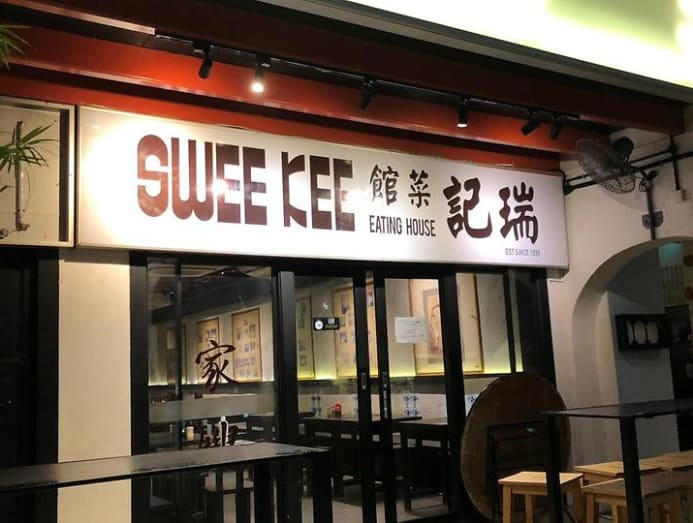
But I will not be surprised if we see a shrinking pool of eateries in the coming weeks and months to come. More will decide to shut down, unable to sustain the business any longer.
EATERIES WILL FIGHT BACK
For the rest hanging on the margins, larger, more established restaurants with an established base of regulars will try to circumvent high merchant fees by setting up their own online delivery channels that directly compete with food delivery apps.
More will also use such channels to also offer discounts for self-pick-up customers but encouraging this could be counterproductive to the spirit of the circuit breakers if customers crowd around eateries to save money.
Ground-up initiatives including Facebook Group platforms like Singapore Restaurant Rescue and Hawkers United – Dabao 2020 have also thrown F&B outlets new, captive audiences, as a #supportlocal movement gains traction in Singapore.
READ: Commentary: Singaporeans more adaptable than they give themselves credit for
LISTEN: Disruption 101: How COVID-19 is revolutionising work
But it is unclear if such momentum that depends on a small base of highly engaged but loyal fans will still be around to power eateries after COVID-19 blows over and can be a sustainable business model.
Delivery apps suddenly look like an attractive means to achieve scale after the pandemic is over.
DELIVERY APPS MUST BE SOCIALLY RESPONSIBLE
Still, at some point, the Big Three may rethink the commission rates they charge eateries for a variety of reasons.
Drawing parallels with the private-hire sector, Grab had announced it would halve commission for private hire drivers for the period of the circuit breaker, given slowing demand for rides. Then again, ride-hailing demand has evaporated and doing so seemed like the generous thing to do.
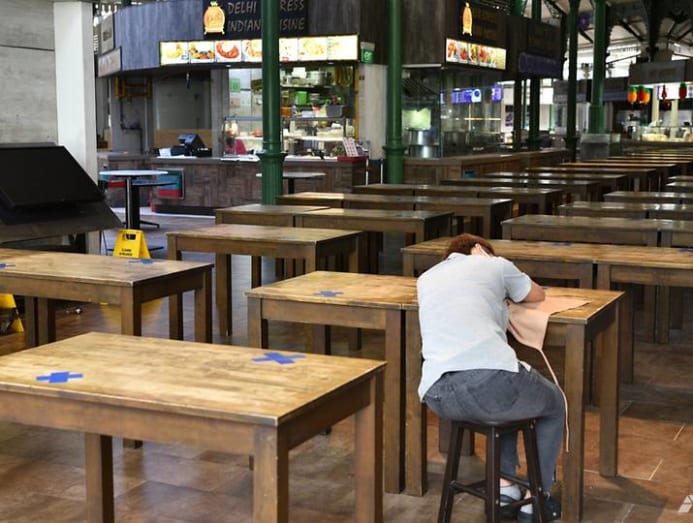
We also know sensible investors would also like to see their portfolio companies do the right thing, providing support to local communities, given the momentum towards prioritising Environmental, Social and Governance goals in the corporate world.
READ: Commentary: It’s not just work and the economy. COVID-19 is also changing how we use social media
READ: Commentary: Has COVID-19 made e-commerce and online shopping the new normal?
Surely businesses would want to leave COVID-19 with reputations intact?
For this reason perhaps, Airbnb has connected overworked health workers fighting the COVID-19 pandemic in France and Italy with hosts offering their homes to stay – for free. It has waived all fees and even provides 50 euros to each host to help with cleaning costs.
RETHINK ON-DEMAND FOOD DELIVERY
Maybe what delivery companies need is a different strategy behind their technology platform, which has been powered by a promise to fulfill your needs on-demand.
We have compared delivery apps to companies with pure tech plays like Netflix, where the marginal cost of handling higher traffic isn’t that much (until you need to build a new data centre or acquire servers with higher bandwidth), but forget the long, logistical lines that power these operations.
Although much scorn has been poured on food delivery apps, a huge gap in our understanding is how much food deliverers earn from each delivery that eats into the commission fees eateries are charged.
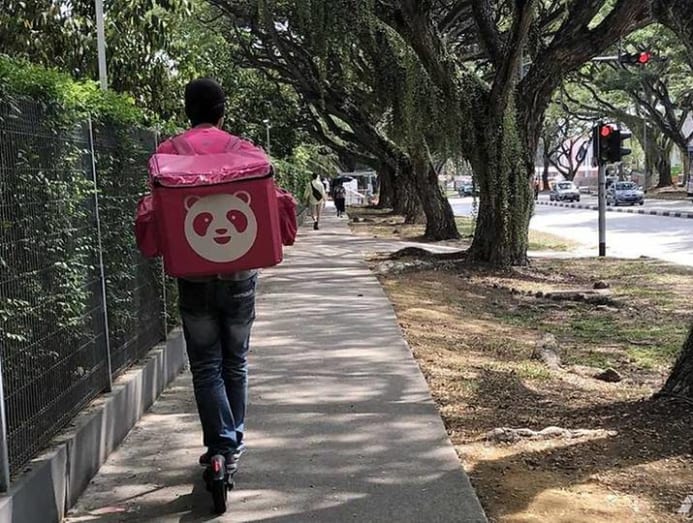
If we do not want those reduced, we then need to ask ourselves whether delivery has been underpriced all this while. Consumers will have to pay more if so.
I also do not think it is too much to ask customers (including me) to place orders in advance in exchange for lower merchant fees. This would allow riders to consolidate to pick up orders in bulk and combine delivery routes but the efficiency of batching will require orders hours in advance.
This could also aid smaller F&B outlets by helping them predict how much food they must prepare ahead of time, reducing food waste in a time when food supplies are under strain from restrictions and uncertainty in global supply chains.
READ: Commentary: COVID-19 vaccine – why is it taking so long to develop one?
INTERACTIVE: All the COVID-19 clusters at dorms and construction sites
Pre-COVID, many of us accepted it as a business decision when private car hire companies charged surge pricing during certain hours due to high demand.
We bought the argument the surge pricing was needed to incentivise drivers to be on the road, so surely consumers too will be open to paying more if they want lunch on-demand instead of ordering in advance.
A segment of us also traded convenience in return for lower fees in pooling or hitching rides – so why can’t such concepts be ported over to food delivery? Such needed funds could also be passed onto F&B outlets and hawkers to tide over this time of crisis.
OUR ESSENTIAL SERVICES?
The fact is that food delivery companies have become an essential service as countries like Singapore urge people to stay in.
COVID-19 has catapulted them in the same categories as health, social services and many others that keep countries going during this stay-in period and shone the public spotlight on them.
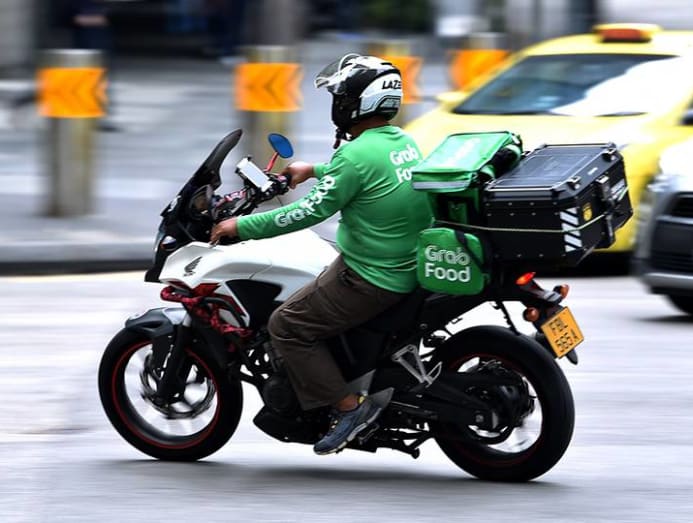
Many of us might have enjoyed the affordability and convenience of food delivery before the coronavirus outbreak, but its larger public benefits in keeping people home have come into sharper focus with a raging pandemic.
We are not living under a normal time – a business-as-usual model can no longer apply. It’s time to rethink deliveries and who must pay more.
BOOKMARK THIS: Our comprehensive coverage of the coronavirus outbreak and its developments
Download our app or subscribe to our Telegram channel for the latest updates on the coronavirus outbreak: https://cna.asia/telegram
Jonathan Chang is an entrepreneur, investor, advisor, educator, and global speaker.





